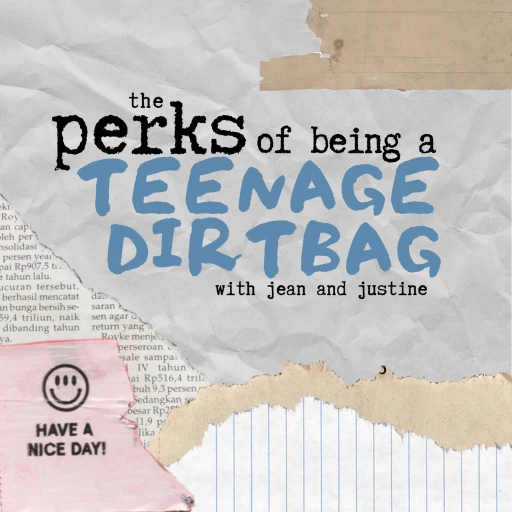The Clarity Speech and Language podcast is committed to teaching parents how to help their children improve their speech and language skills, giving their children a brighter and happier future.
Many children begin to stutter around 2-3 years old. Fortunately, about 75% of those will recover on their own, but currently there is no way to predict who will and who won’t. We do know that the longer a child continues to stutter, the more resistant to treatment the problem can be. For this reason, it is better to treat stuttering early, while the child is still in the pre-school age group.
What causes fluency issues? Although we don’t know exactly, there are several risk factors for persistent stuttering:
– being male
– family history of stuttering
– stuttering longer than a year
So how can you help your child who stutters? There are a few basic things you can do as a parent:
– Be patient, don’t interrupt.
– Reduce stressors in the home.
– Avoid fast-paced schedules.
– Speak slowly.
– Give your child plenty of time to speak.
– Use shorter, simpler sentences.
– Give more praise than criticism by a ratio of at least 5:1.
In addition, check in with a speech-language pathologist (SLP) to get an assessment of the severity of the condition and to learn about treatment methods specific for your child. In general, research shows that these methods have been the most helpful for preschool children:
– LIDCOMBE METHOD1 – this is a behavioral approach and requires the parents to provide feedback regarding the child’s speech constantly and consistently, both during structured practice sessions and during everyday conversations.
– For fluent speech, the parent:
– Praises. (Good job! You sounded great!)
– Requests the child to self-evaluate their speech. (How do you think your speech was just now?)
– Acknowledges the child’s fluent speech matter-of-factly. (That last sentence was smooth with no bumps.)
– For non-fluent speech, the parent:
– Acknowledges the child’s non-fluent speech matter-of-factly. (That last sentence was a bit bumpy.)
– Requests the child to self-evaluate their speech. (How do you think your speech was just now?)
– DEMANDS AND CAPACITIES MODEL2– this treatment is based on the theory that stuttering occurs when the language demands placed on a growing child are greater than his current skills or capacities – hence the name ‘Demands and Capacities’. The treatment revolves around reducing the child’s motor, language, emotional and cognitive demands using techniques such as:
– Decreasing the child’s rate of speech and the motor complexity of words while at the same time practicing exercises to increase motor skills. (Slow down, use shorter words, practice speech skills.)
– Lowering the expectations for the child to produce advanced language while at the same time strengthening their language skills. (Use simple sentences, teach grammatical skills.)
– Reducing stress in the child’s routine while at the same time teaching emotional skills. (Decrease planned activities, teach coping mechanisms for stress and anxiety.)
– Lowering the child’s cognitive demands by simplifying tasks while at the same time teaching him methods for easy communication. (Teach one thing at a time, teach listening skills, go slow, take turns talking.)
– Syllable-Timed Speech3, 4 – This method is one of the simplest to implement, in my opinion. You simply have the child practice ‘robot speech’, where each syllable is separated briefly from the others. So the sentence, “I want macaroni and cheese for dinner”, would be said like this: “I-want-mac-a-ro-ni-and-cheese-for-din-ner.” Sometimes it helps to have the child clap each syllable as they speak. This technique slows down their speech while also breaking it up into more manageable segments.
The bottom line is that there is no one quick and easy fix for fluency issues. It takes time and patience and practice to see improvements in your child’s speech.
I hope this has been helpful to you. For lots of great information about fluency disorders, visit The Stuttering Foundation at https://www.stutteringhelp.org/.
1hhttps://www.lidcombeprogram.org/wp-content/uploads/2015/07/lp_treatment_guide_2015.pdf
2See Franken, M.C. & Putker-de Bruijn, D. (2007). Restart-DCM Method. Treatment protocol developed within the scope of the ZonMW project Cost-effectiveness of the Demands and Capacities Model based treatment compared to the Lidcombe programme of early stuttering intervention: Randomised trial. http://www.nedverstottertherapie.nl Retrieved from: https://nedverstottertherapie.nl/wp-content/uploads/2016/07/RESTART-DCM.Method.-English.pdf
3Trajkovski, N., et al. Using syllable-timed speech to treat preschool children who stutter: A multiple baseline experiment. Journal of Fluency Disorders (2009), doi:10.1016/j.jfludis.2009.01.001. Retrieved from: http://www.unm.edu/~atneel/shs531/syll_timed_tx.pdf
4Andrews C, O’Brian S, Harrison E, Onslow M, Packman A, Menzies R. Syllable-timed speech treatment for school-age children who stutter: a phase I trial. Lang Speech Hear Serv Sch. 2012 Jul;43(3):359-69. doi: 10.1044/0161-1461(2012/11-0038). Epub 2012 May 4. PMID: 22562864. Retrieved from: https://doi.org/10.1044/0161-1461(2012/11-0038)
Categories: Education, Kids & Family


















